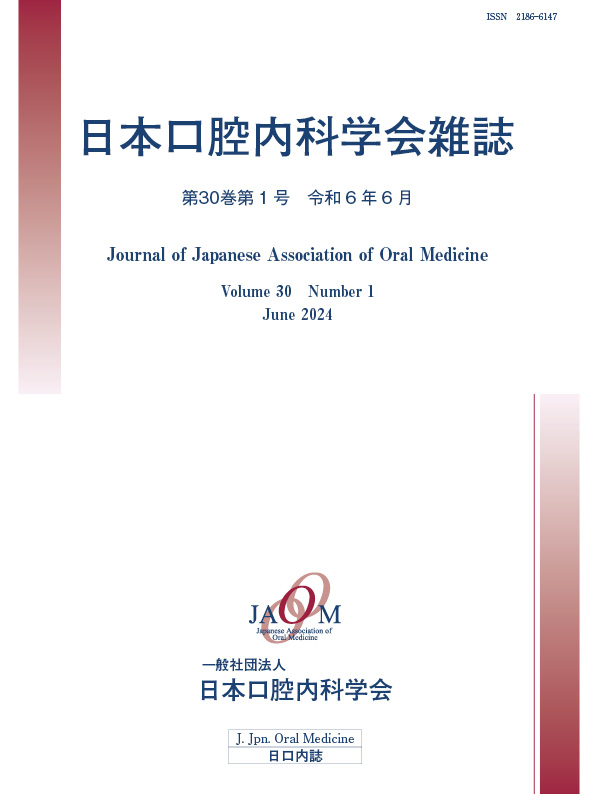Volume 30, Issue 1
Displaying 1-6 of 6 articles from this issue
- |<
- <
- 1
- >
- >|
Review
-
2024 Volume 30 Issue 1 Pages 1-12
Published: 2024
Released on J-STAGE: December 30, 2024
Download PDF (538K) -
2024 Volume 30 Issue 1 Pages 13-18
Published: 2024
Released on J-STAGE: December 30, 2024
Download PDF (506K) -
2024 Volume 30 Issue 1 Pages 19-24
Published: 2024
Released on J-STAGE: December 30, 2024
Download PDF (424K)
Case Report
-
2024 Volume 30 Issue 1 Pages 25-32
Published: 2024
Released on J-STAGE: December 30, 2024
Download PDF (1604K) -
2024 Volume 30 Issue 1 Pages 33-38
Published: 2024
Released on J-STAGE: December 30, 2024
Download PDF (1263K) -
2024 Volume 30 Issue 1 Pages 39-45
Published: 2024
Released on J-STAGE: December 30, 2024
Download PDF (1175K)
- |<
- <
- 1
- >
- >|
